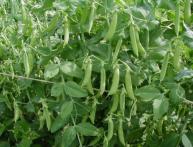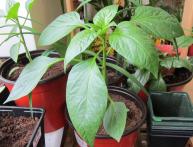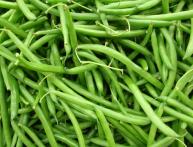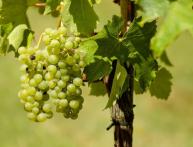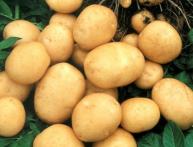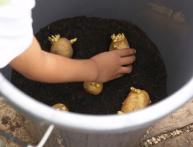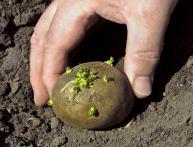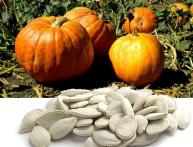Growing potatoes. Elizabeth
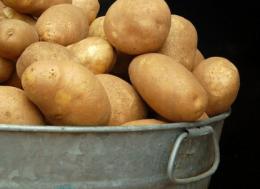
Potatoes, irreplaceable in our latitudes, are rightfully considered the second bread. Although not native, this culture quickly took root and is now present in many dishes, in a wide variety of preparations. The main advantage of potatoes is their good preservation. It will last the winter without any problems, feeding your whole family. And some people love it fried or baked so much that they won’t exchange it for any other delicacy.
Growing potatoes is not difficult. The main thing is to prepare the soil after winter and promptly clean the plantings from harmful plants, beetles and worms. The most important enemy of this crop is the Colorado potato beetle, which people actively fight using poisonous sprays.
One of the most popular mid-early varieties (especially in the northern and central regions of Russia) is the Elizaveta potato. These are on average one hundred gram tubers, with smooth skin and pulp that does not darken when cut. They retain their marketable appearance for a long time, and each bush of this plant has uniform tuber formation.
Elizaveta has a good taste and high yield (30-40 tons per hectare). Among its positive qualities are good preservation and resistance to many diseases. Bacterial rot and macrosporiosis are the weak points of this variety.
Quite recently, a new variety “Elizabeth +” was developed. This is a genetically modified vegetable that is resistant to the Colorado potato beetle. Will he be able to overcome the doubts of the common man and get into vegetable gardens and summer cottages? Scientists say it is completely safe.
To make growing potatoes successful, combine several varieties on your plot, fertilize the soil, and at least sometimes practice shifting cultivation (despite the “tolerance” of potatoes in this regard, it is better to plant late and early varieties in one plot in turn, sometimes swap them for beets and others garden crops).

